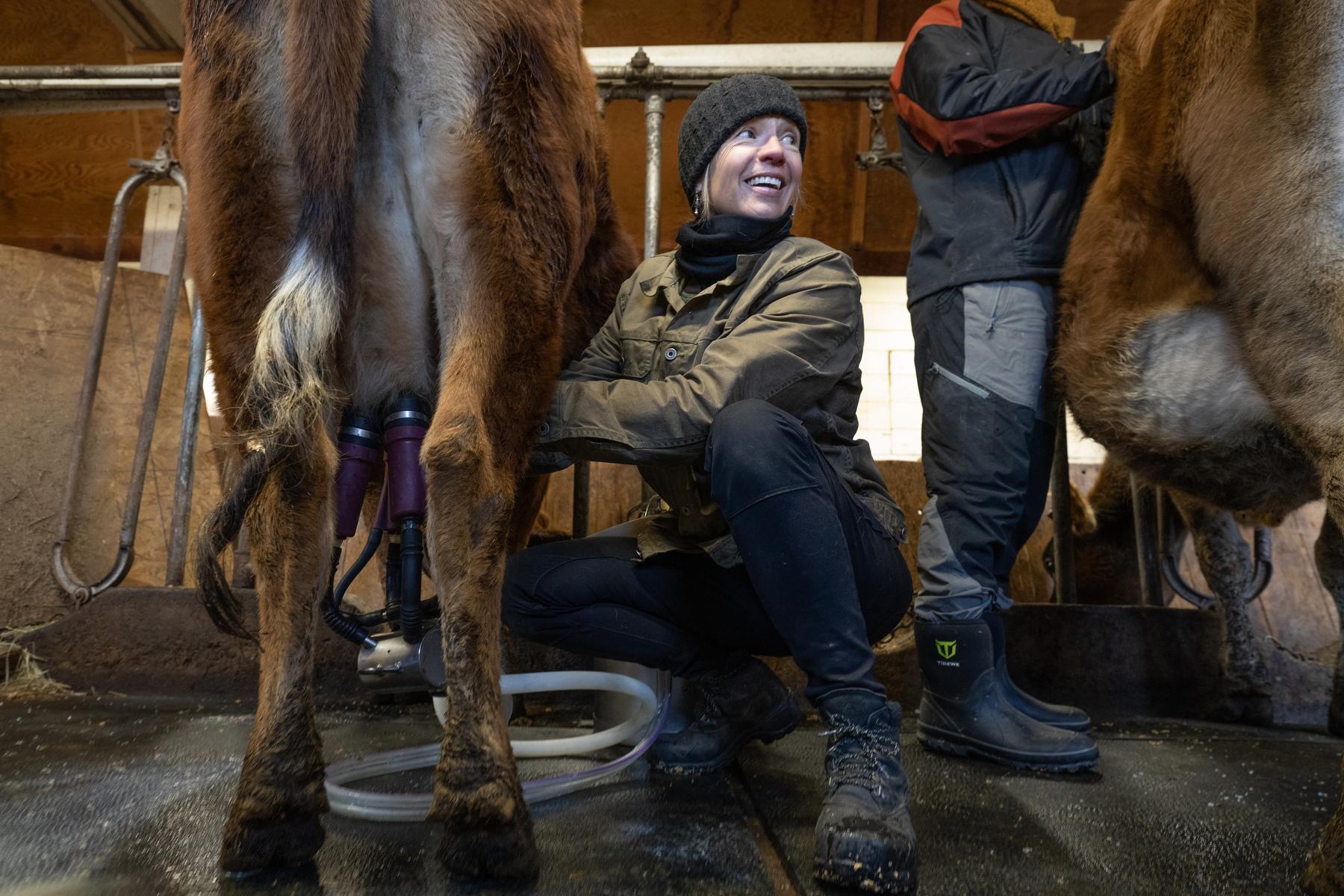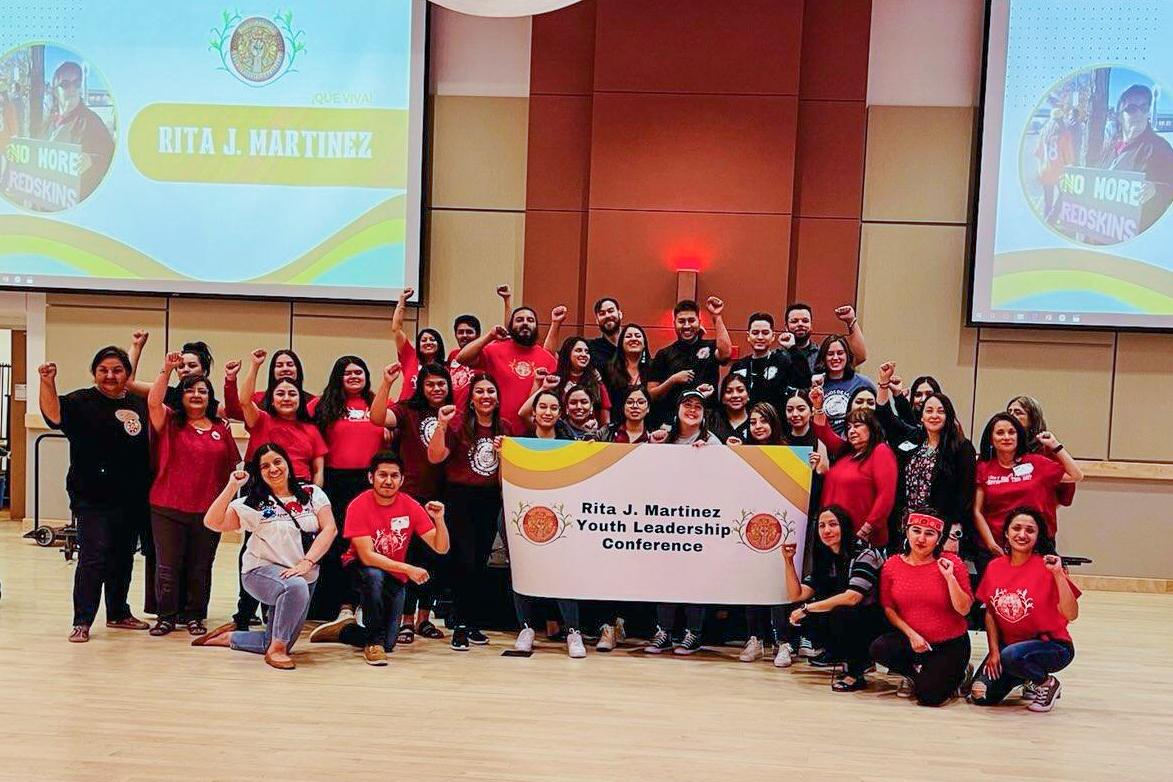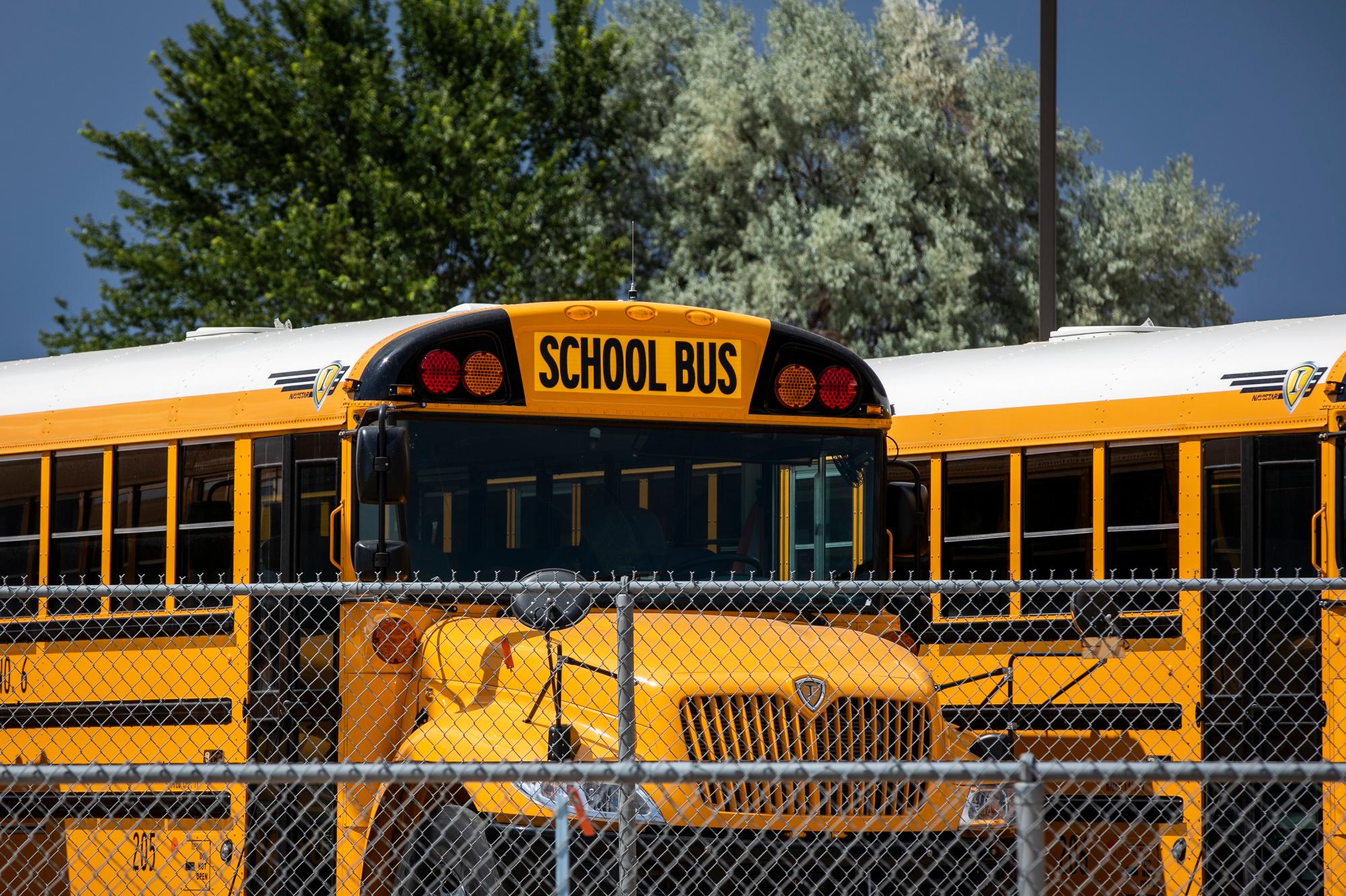It was the end of an era of sorts, for those who oversee the tests teachers and students sweat over every spring. For the 15th and final time, education leaders yesterday released the CSAP results. The tests measure how students are doing in reading, writing, math and science. While CSAP’s final curtain may be cause for some celebration, officials hoped they’d have more to cheer about. Here's a transcript of Jenny Brundin's report.
Reporter Jenny Brundin: There were clearly some bright spots in all the graphs, charts and tables documenting how Colorado's students are performing. But Commissioner of Education Robert Hammond told reporters that over all, education leaders were expecting more.
Robert Hammond: We wished results were better but what we've seen out of results in several school districts, some significant gains in student achievement and performance.
Brundin: Reading scores largely stayed flat, continuing a trend over the past several years. Diana Sirko, deputy commissioner of education, acknowledged that most of the gains in reading happened in the first decade after CSAP started. That was in 1997. She says there’s a much different population of students now which may be slowing gains.
Diana Sirko: Five times as many students are second language learners than were 15 years ago.
Reporter: Students in all grades lost ground in reading compared to last year, especially in some of the highest scoring districts. Except third graders. They can give themselves a pat on the back. The portion who scored in the proficient, meaning at grade level, or advanced categories, jumped three percent. In math, some good news. Students who add, subtract, and perform other numeric problems at grade level rose nearly one percent. In writing, an even higher bump. Students meeting or exceeding expectations rose two percent over last year. Diana Sirko says CSAPs have had the most dramatic influence on how writing is taught. Before the tests, teachers didn’t have to focus on writing.
Sirko: So I think you saw much more formal writing instruction, getting students beyond the grammar into really what is their fluency and competency in actual writing.
Reporter: Still, just over over half of Colorado students are writing at they level they should be, and in science, less than half are at grade level. But Sirko tried to focus on the positives.
Reporter: When you look at individual school districts, there have been some very dramatic gains that have been made throughout the state as a result of programs that have been very targeted around meeting individual needs of students and those are the successes I think we want to build on.
Reporter: The Roaring Fork school district in Glenwood Springs, which has implemented aggressive reforms , showed strong gains. Jefferson County saw a 3 percent jump in science, writing and math. But some districts continue struggling year after year - with just a third of their students meeting grade level standards. The Department of Education’s Jo O’Brien sums up what she's learned from 15 years of CSAP data.
O’Brien: Up to a certain point, the conventional approach to how we teach, has gotten us so far.
Reporter: She says how teachers teach and the types of schools offered work for just half of Colorado’s students. Going forward, she says, educators will have to keep much closer tabs on the third of students who are falling further and further behind. The new testing system - that will be presented to the state school board today - will allow that. O’Brien says her department also has to work closely with higher education to revamp how teachers are trained.
O’Brien: I can be trained on conventional ways to teach, but I'm going to need to think very differently to reach that last third who are chronically not getting it.
Reporter: In terms of closing the state's pernicious achievement gap, state leaders said more work needs to be done. Hispanics made moderate progress in all subjects and grades but there's still significant achievement gaps between white and minorities. Jenny Brundin, Colorado Public Radio News.








